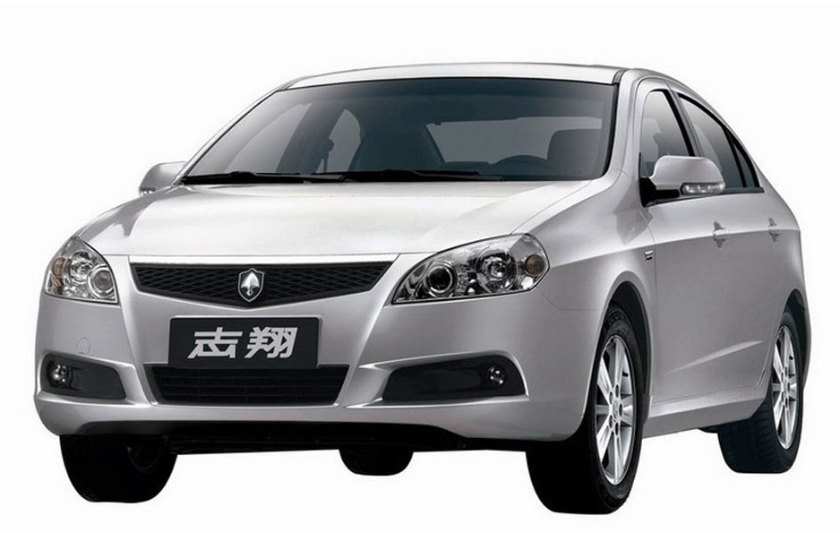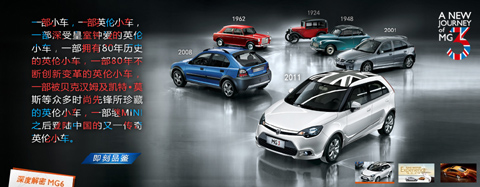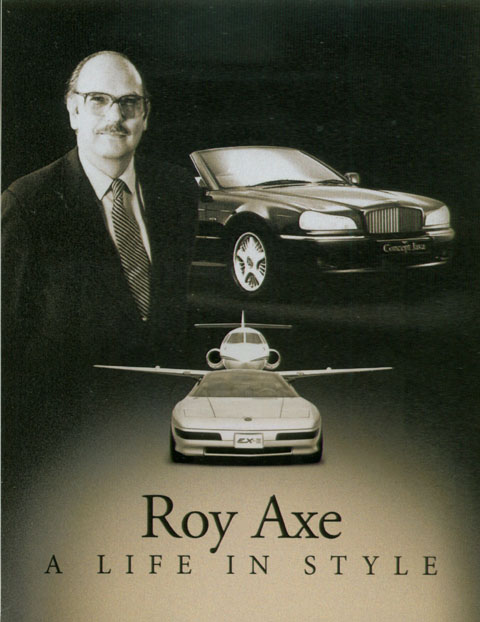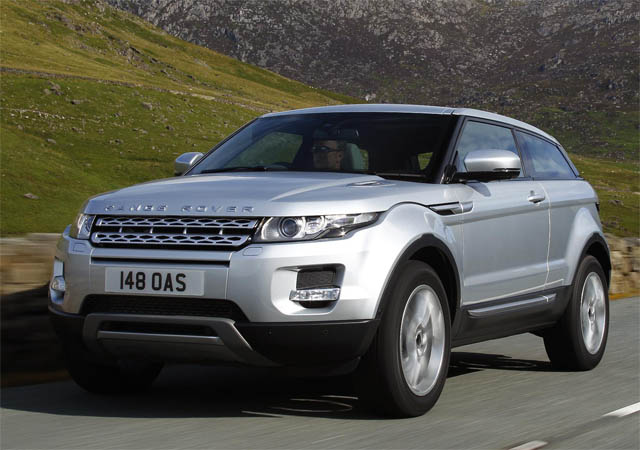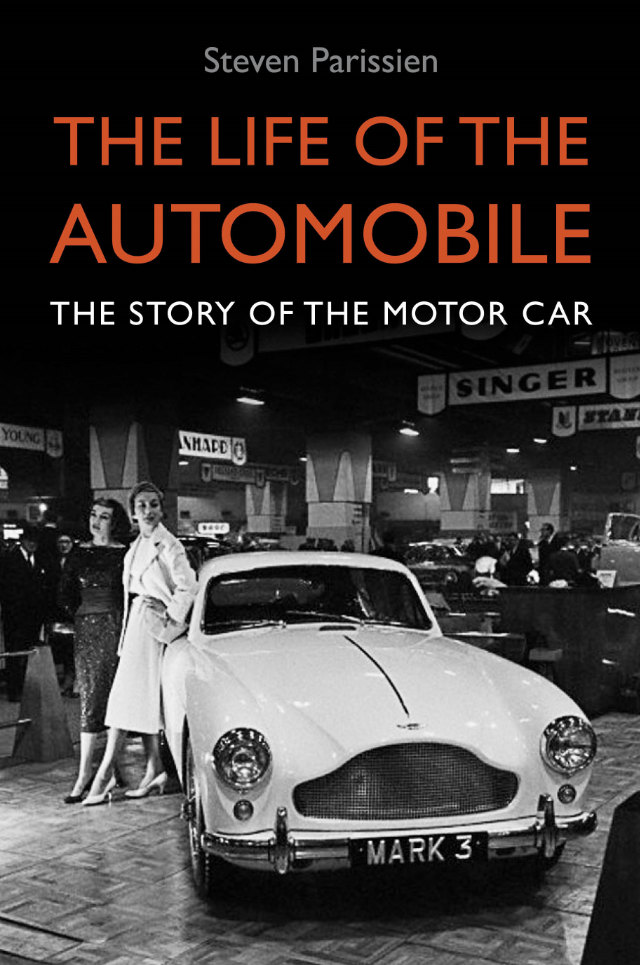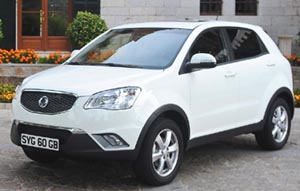I did say I’d blog when Autocade hit 4,100 models, which it did yesterday. Proof that the hundredth milestones aren’t planned: the model was the Changan Zhixiang (長安志翔 or 长安志翔, depending on which script system you prefer) of 2008, a.k.a. Changan Z-Shine. A less than stellar car with a disappointingly assembled interior, but it did have one thing many period mainland Chinese cars lacked: a self-developed engine.
It shows the nation’s quick progress. The Zhixiang was Changan’s (back then, we’d have written Chang’an) first effort in the C-segment, after making microvans, then A-, then B-segment cars, with quick progress between each. The Changan Eado, the company’s current C-segment sedan, might still be rather derivative, but the pace of improvement is still impressive.
After 1949 through to the late 1970s, Chinese cars in the PRC were few in number, with mass production not really considered. The first post-revolution cars had panels that were hand-beaten to the right shape in labour-intensive methods. Some of those cars borrowed heavily from western ones. Then came licensed manufacture (Jeep Cherokee, Peugeot 504, the Daihatsu Charade at Tianjin) as well as clones (Citroën Visa, SEAT Ibiza). By the 1990s some of these licensed vehicles had been adapted and facelifted locally. The PRC started the new century with a mixture of all of the above, but by the dawn of the 2010s, most Chinese press frowned upon clones and praised originality, and the next decade was spent measuring how quickly the local manufacturers were closing the gap with foreign cars. It’s even regarded that some models have surpassed the foreign competition and joint-venture partners’ offerings now. Style-wise, the Landwind Rongyao succeeds the company’s (and Ford affiliate’s) Range Rover Evoque clone, the X7, with a body designed by GFG Style (that’s Giorgetto and Fabrizio Giugiaro, the first production car credited to the father-and-son team’s new firm) and chassis tuned at MIRA. The Roewe RX5 Max is, in terms of quality, technology, and even dynamics, more than a match for the Honda CR-V—a sign of things to come, once we get past viral outbreaks. Styling-wise, it lacks the flair of the Rongyao, but everything else measures up.
But the Zhixiang was over a decade before these. Changan did the right thing by having an original, contemporary body, and it was shedding Chinese manufacturers’ reliance on Mitsubishi’s and others’ engines. To think that was merely 12 years ago, the same year Autocade started.
